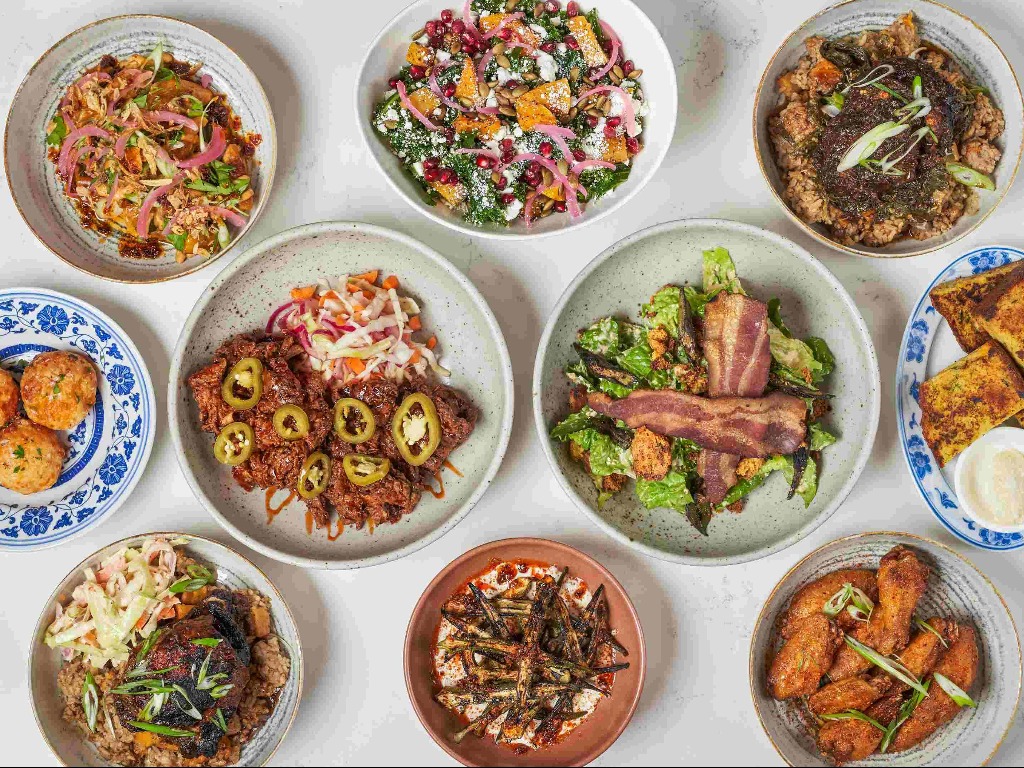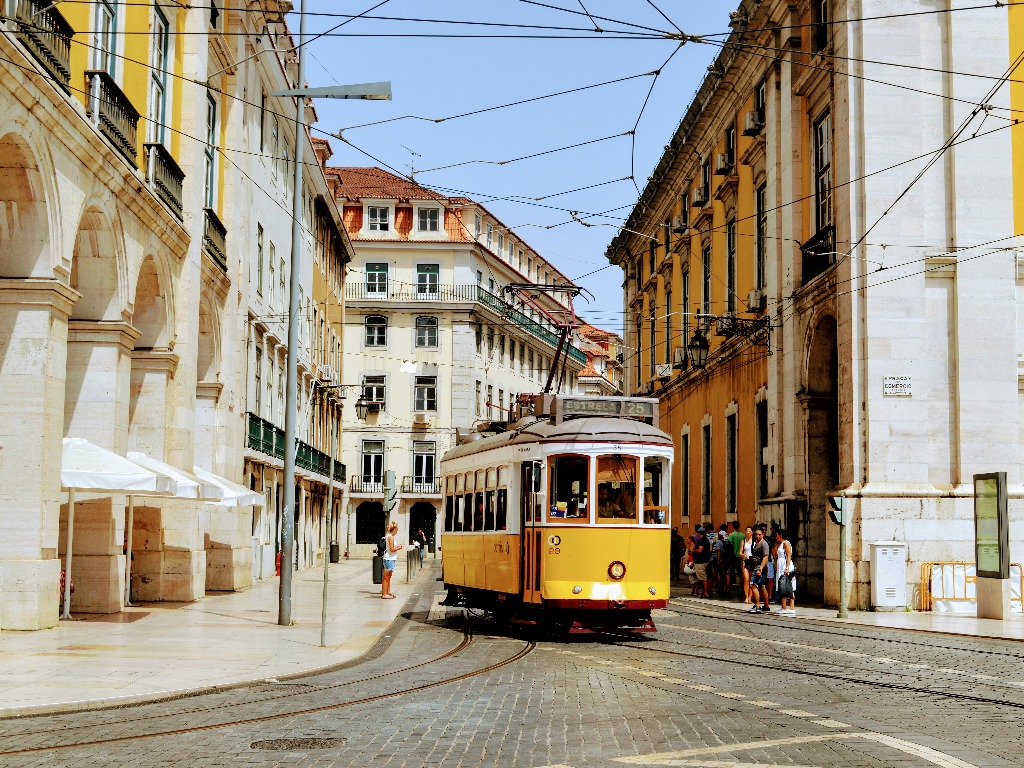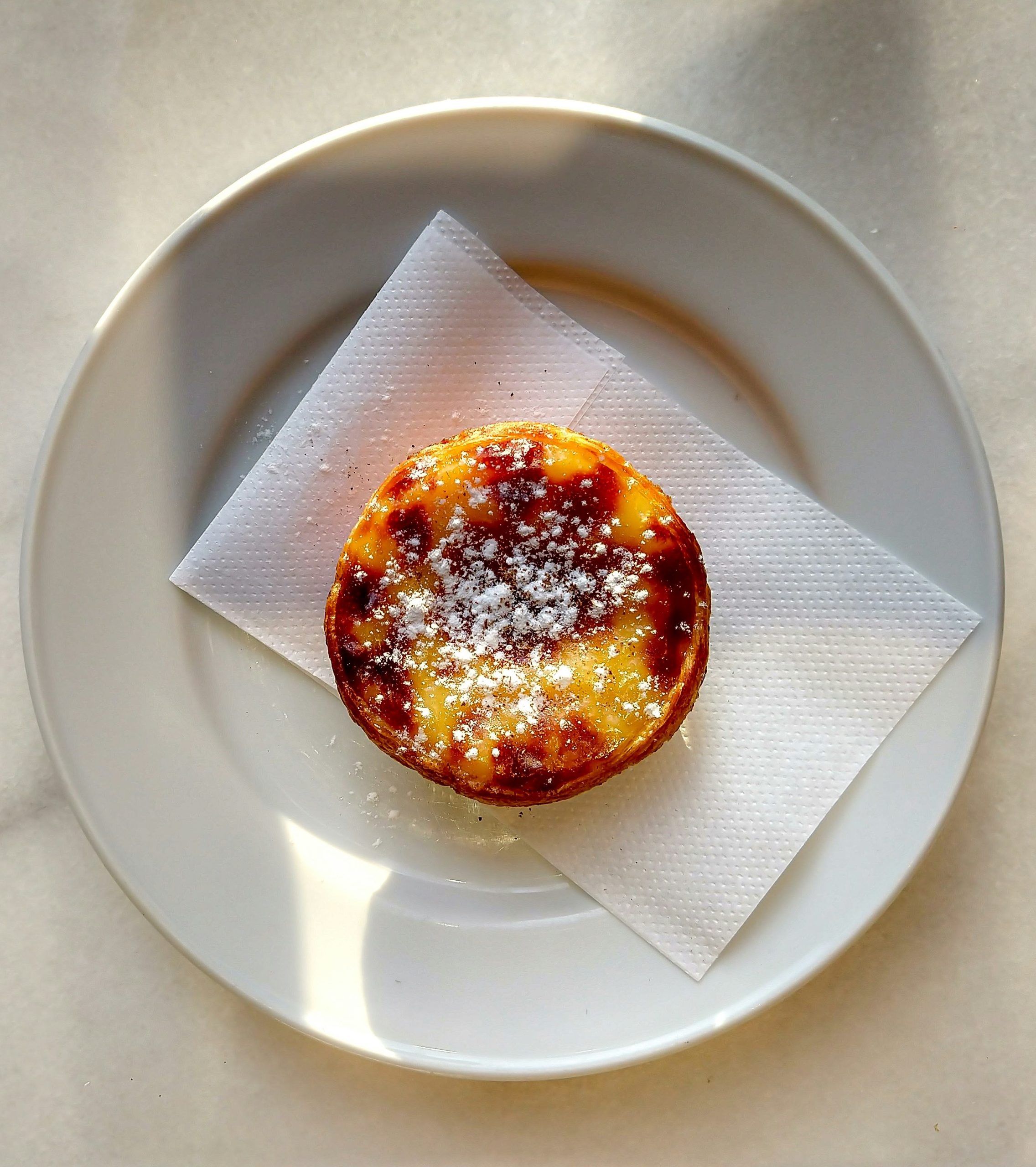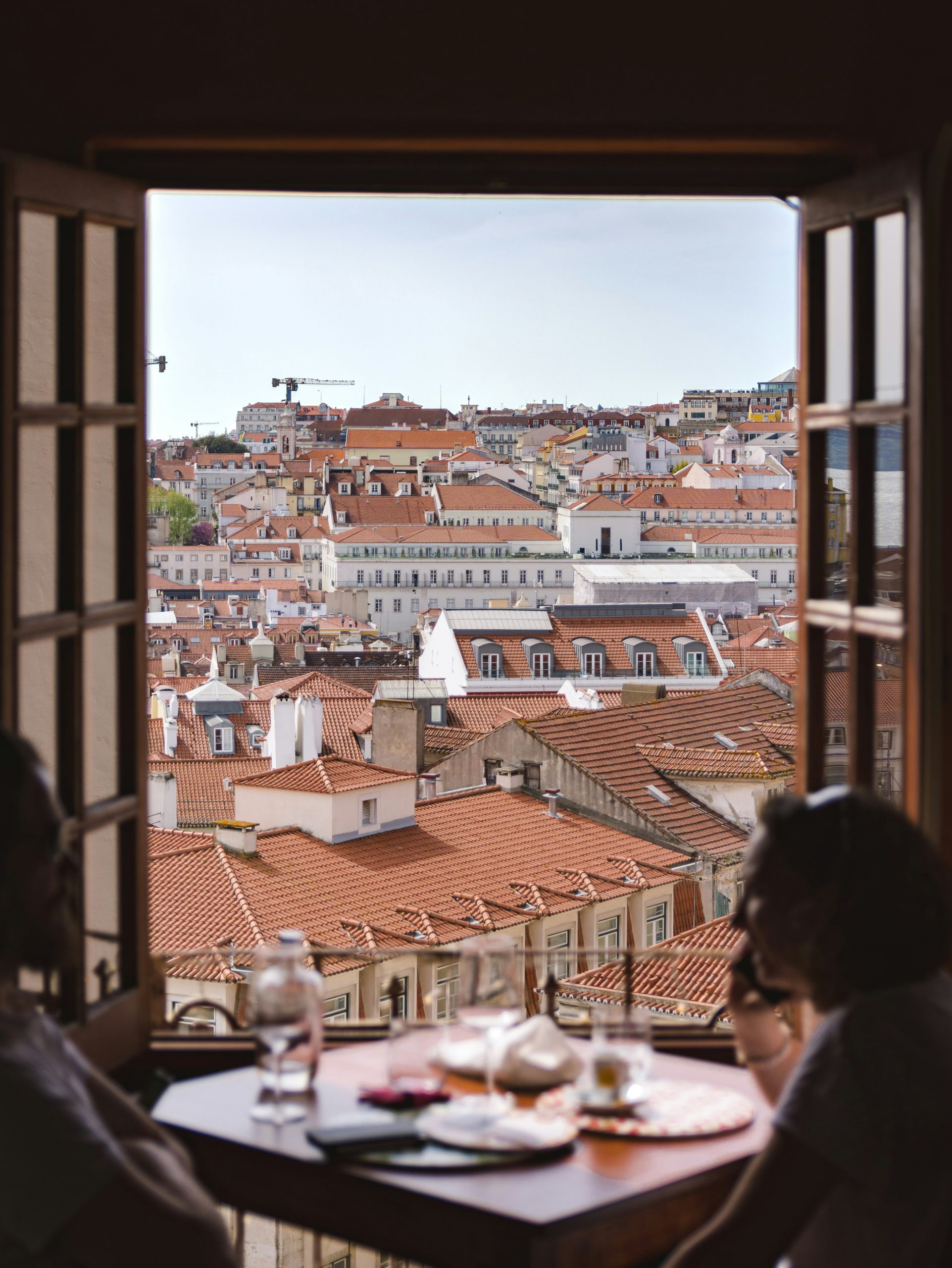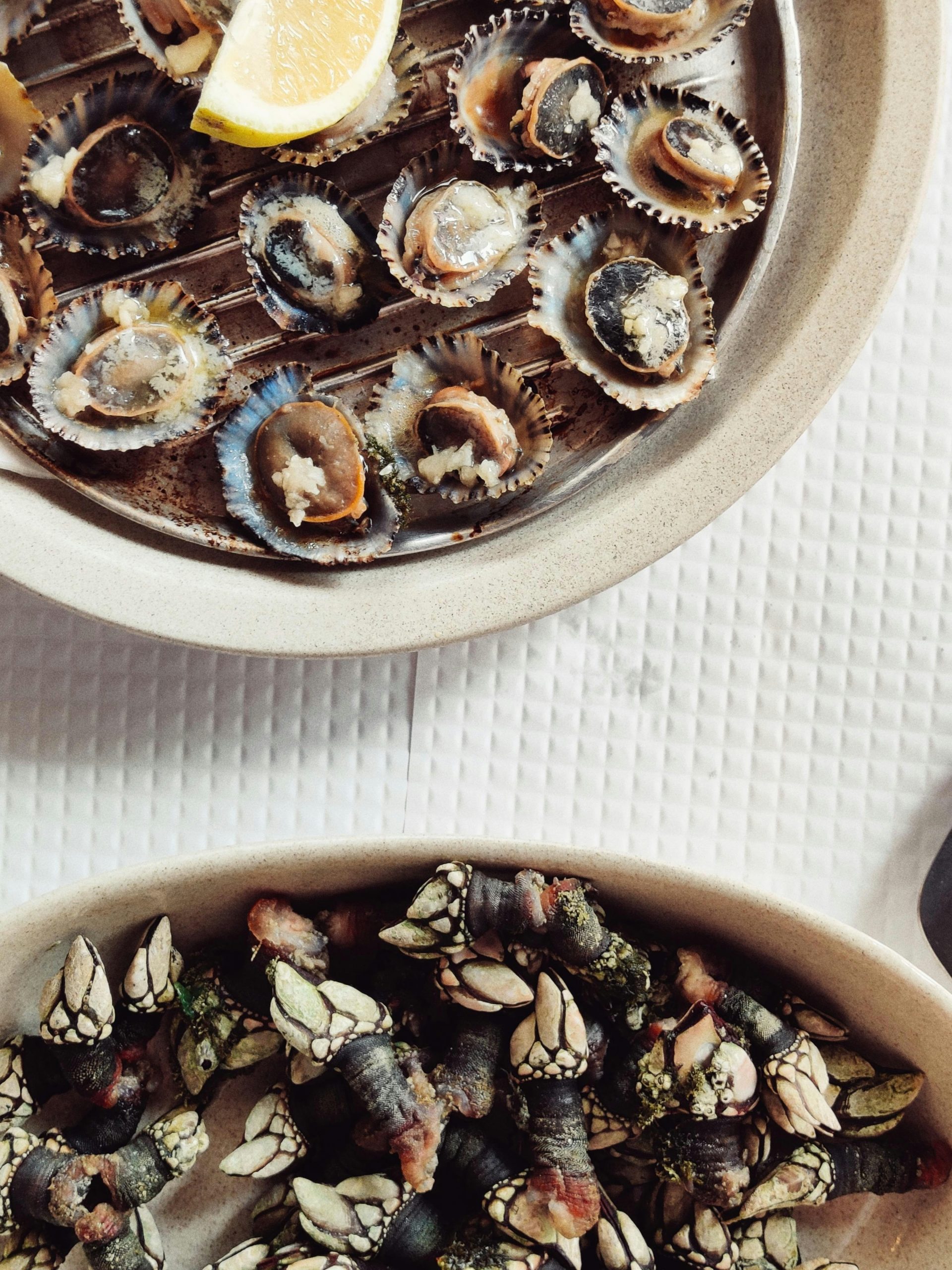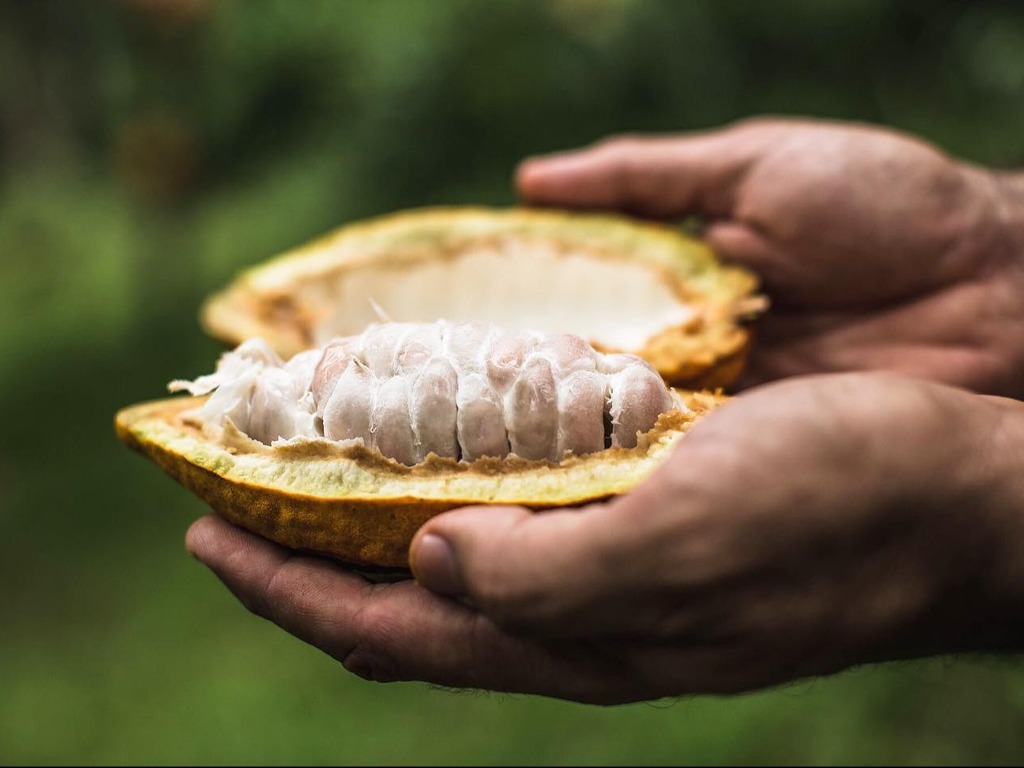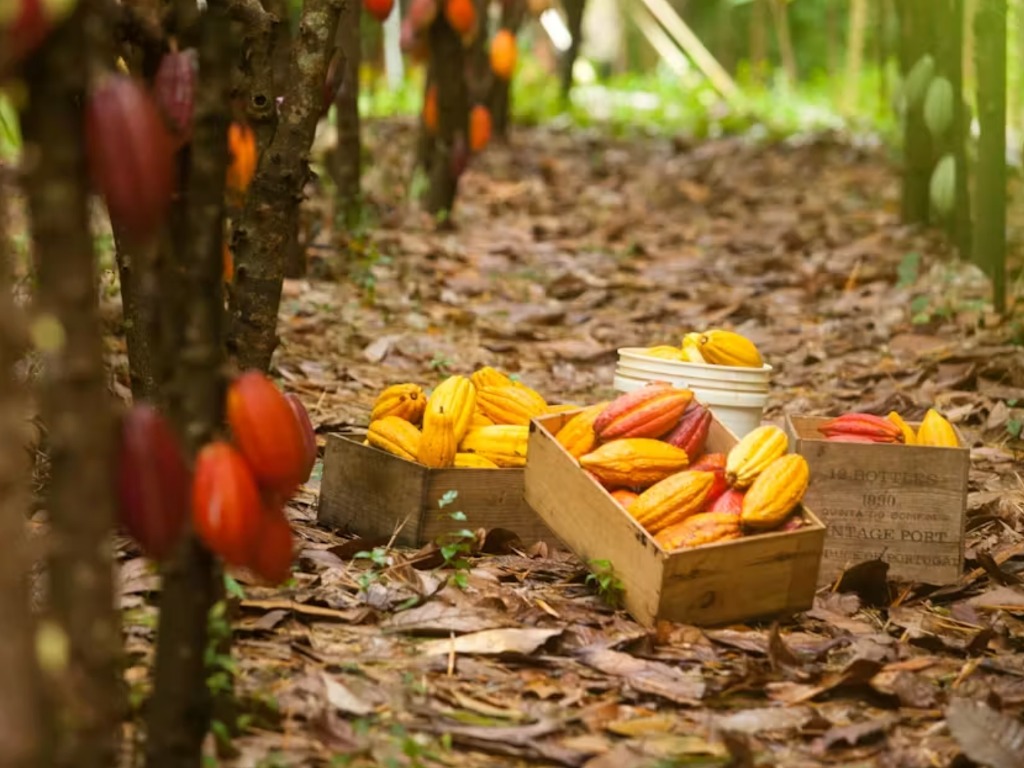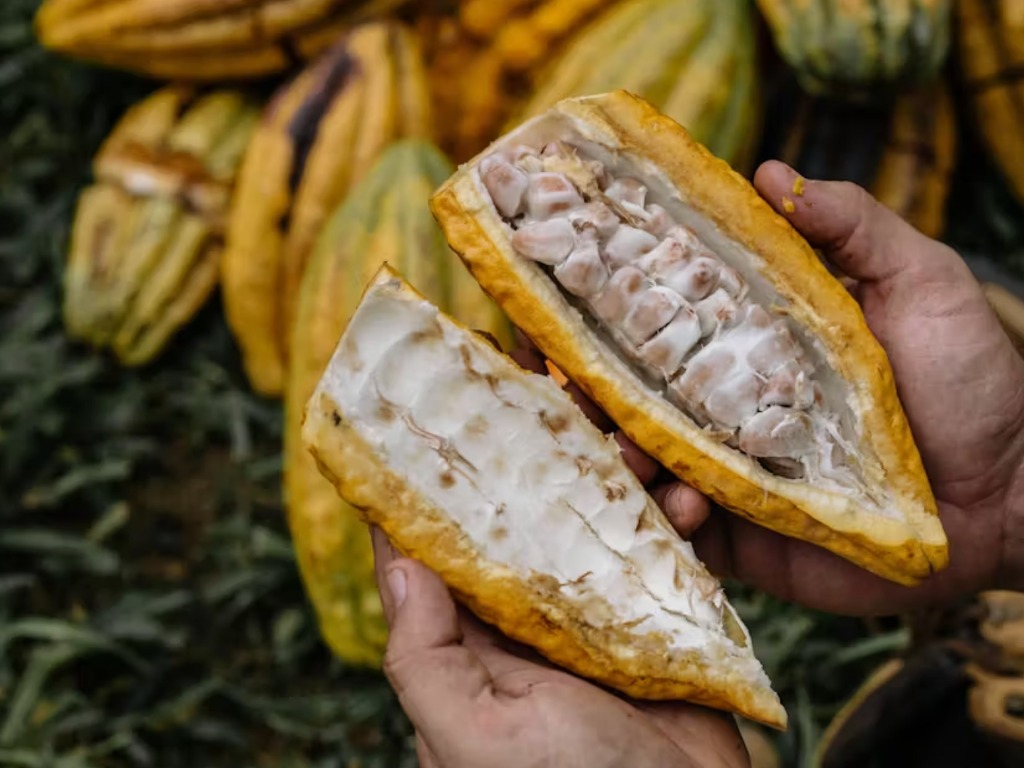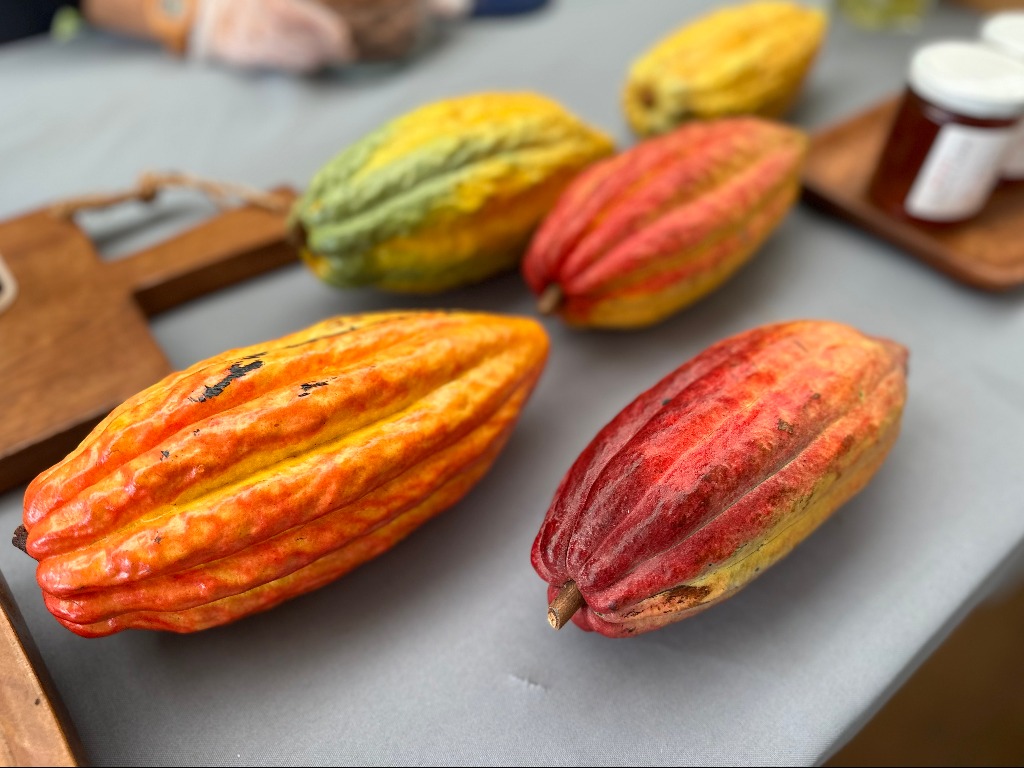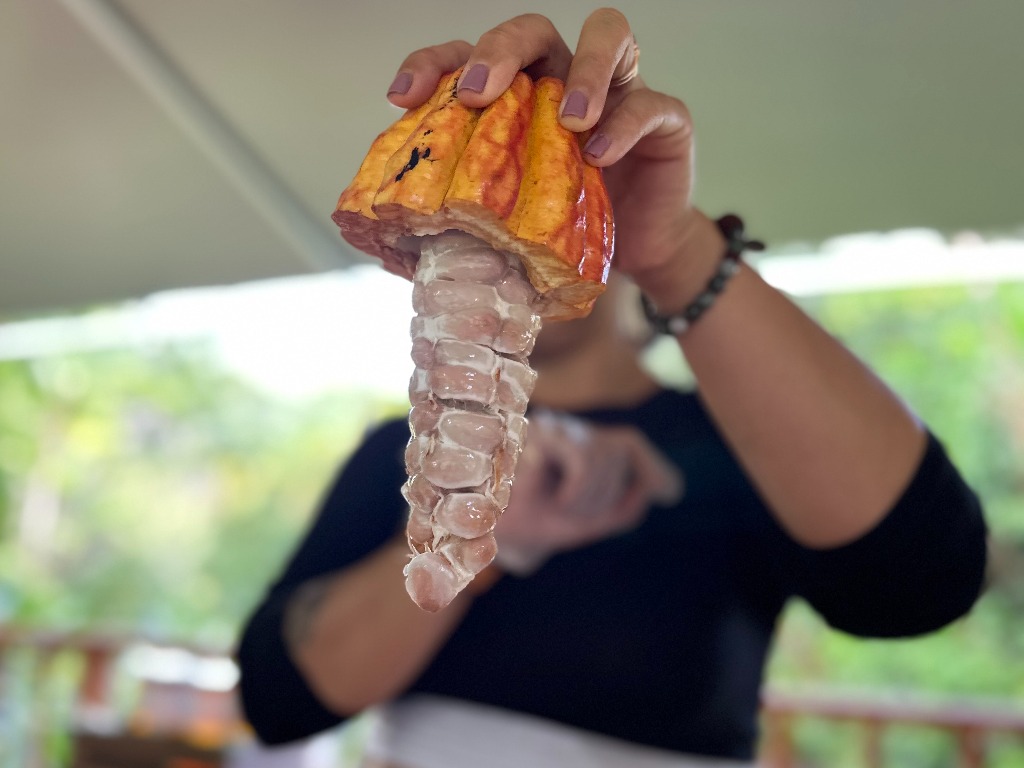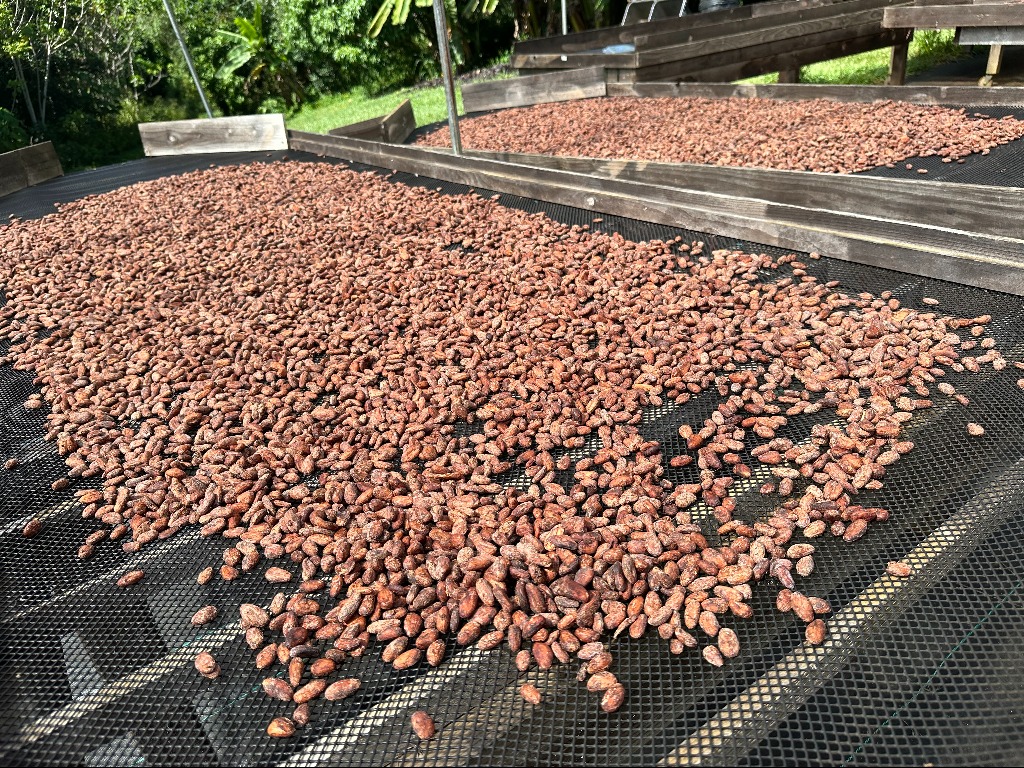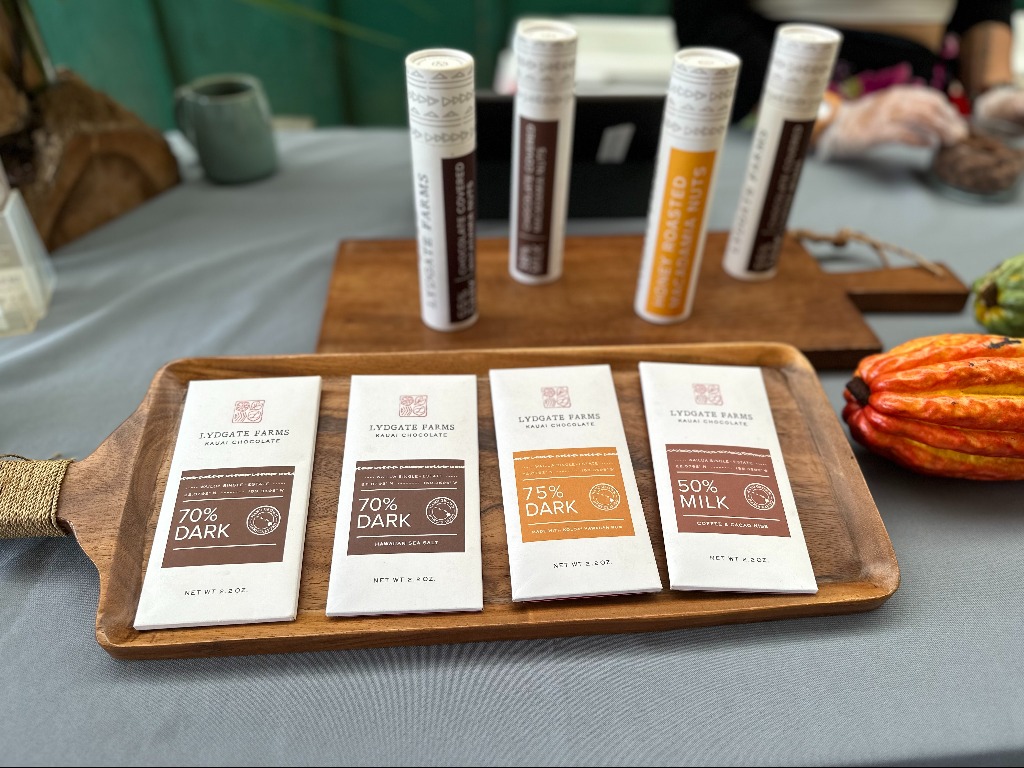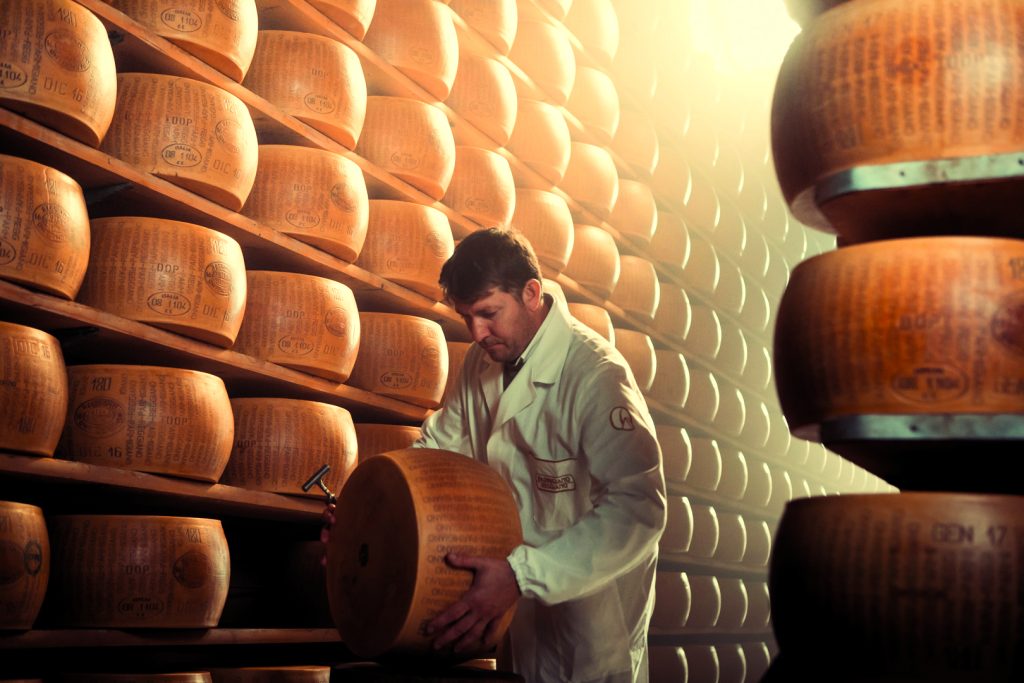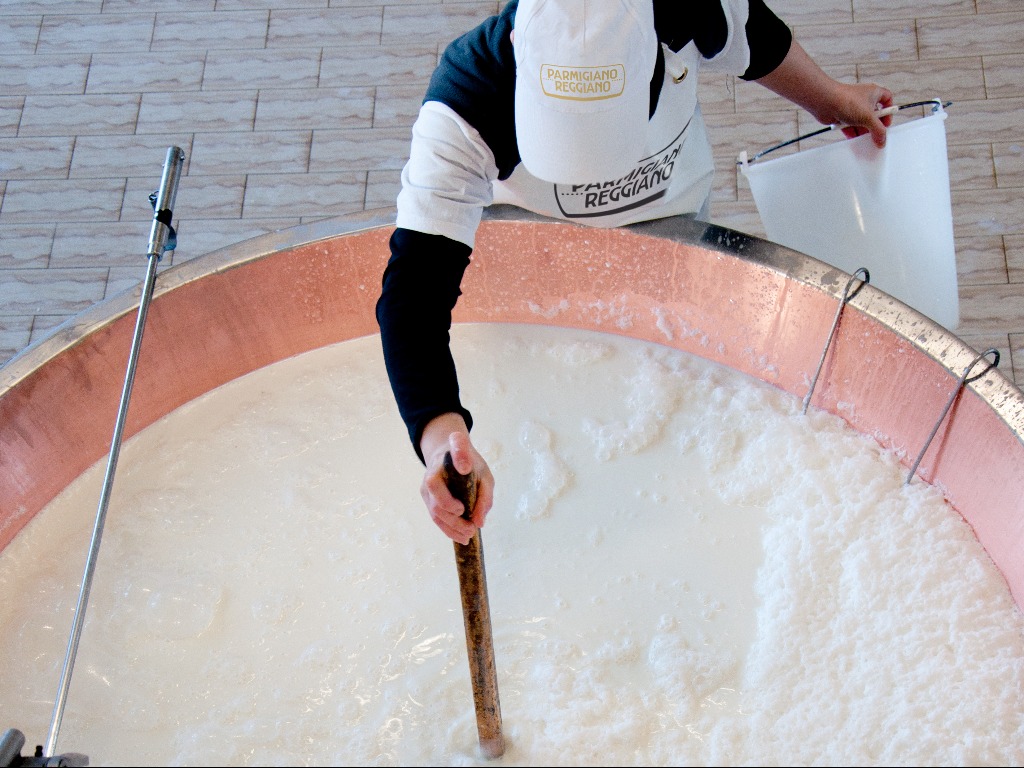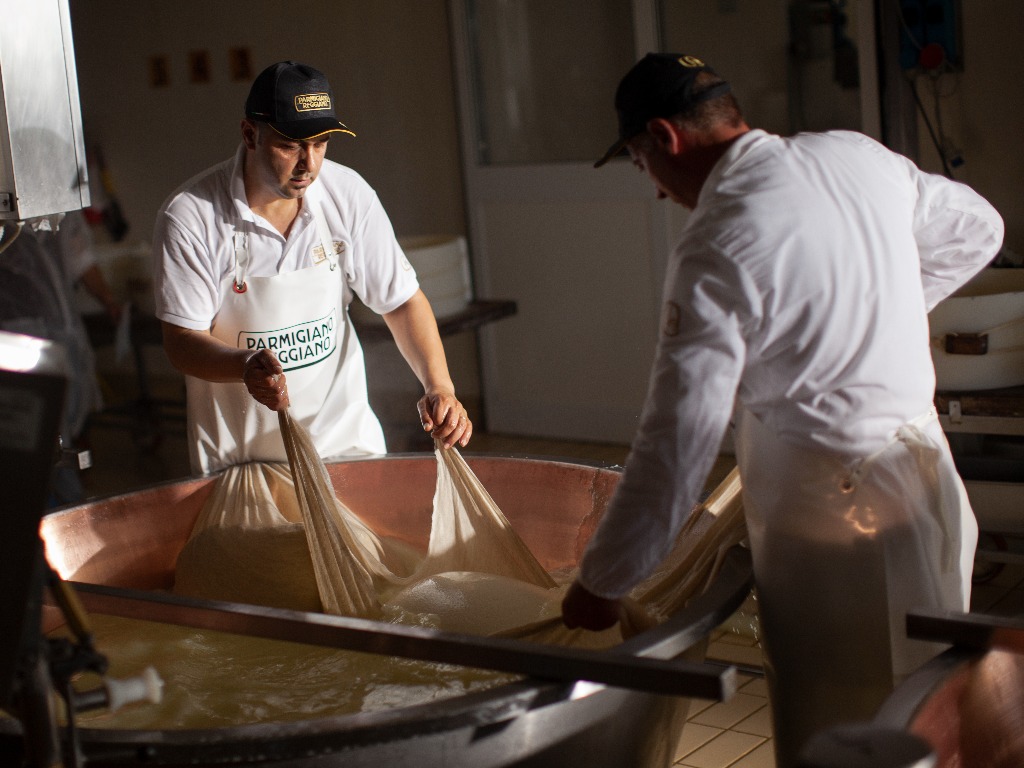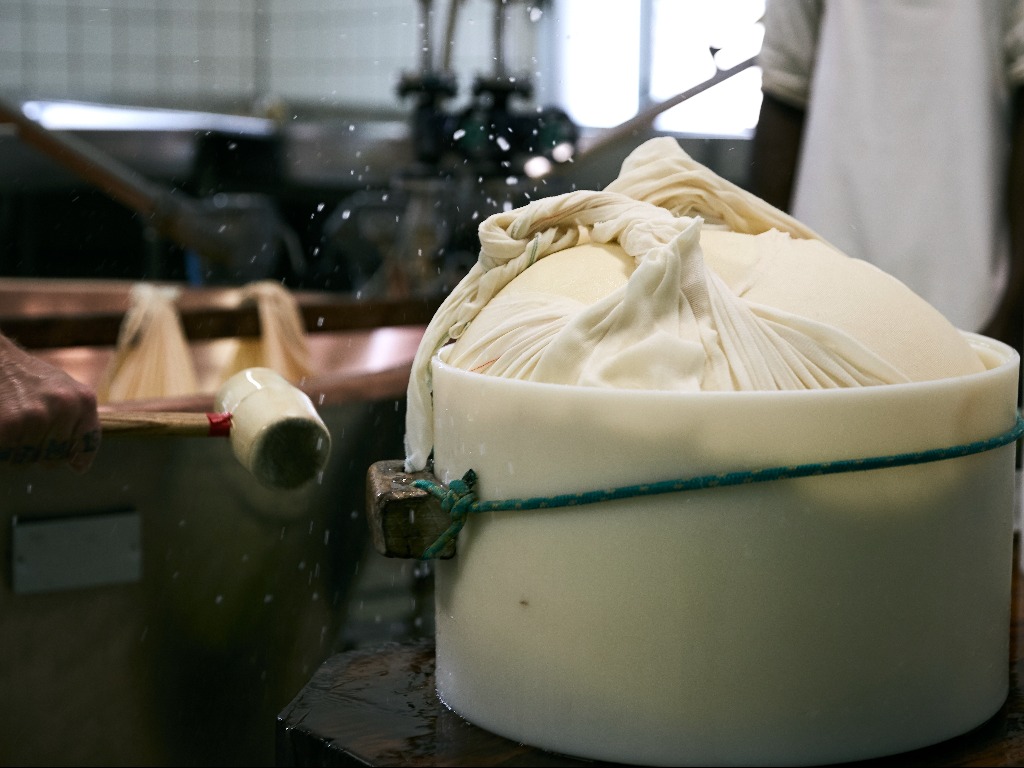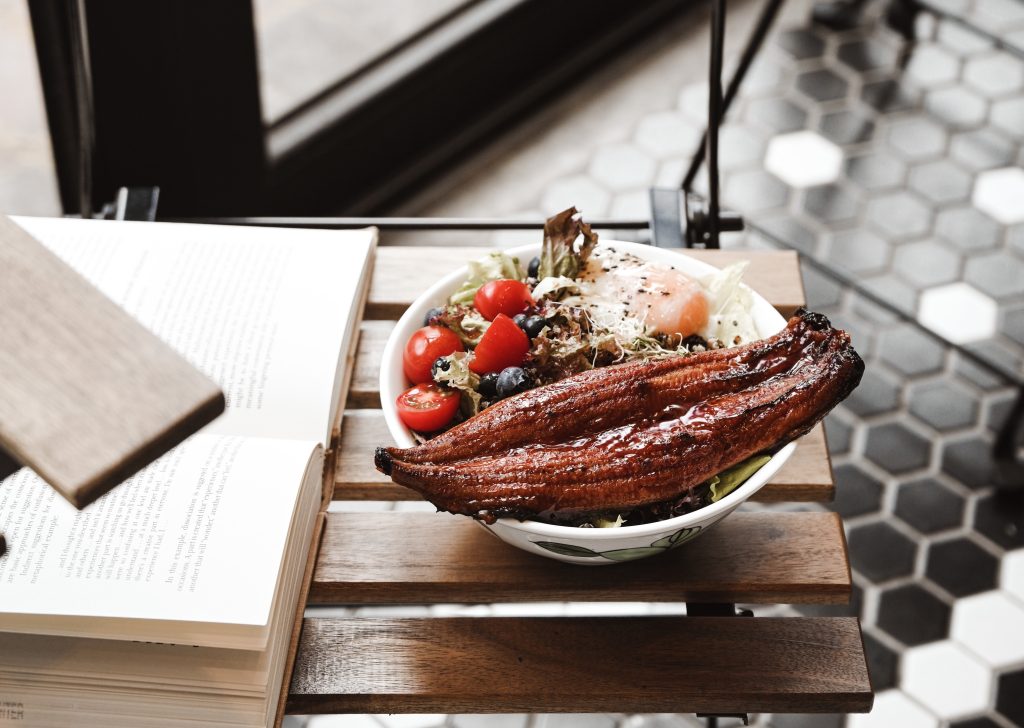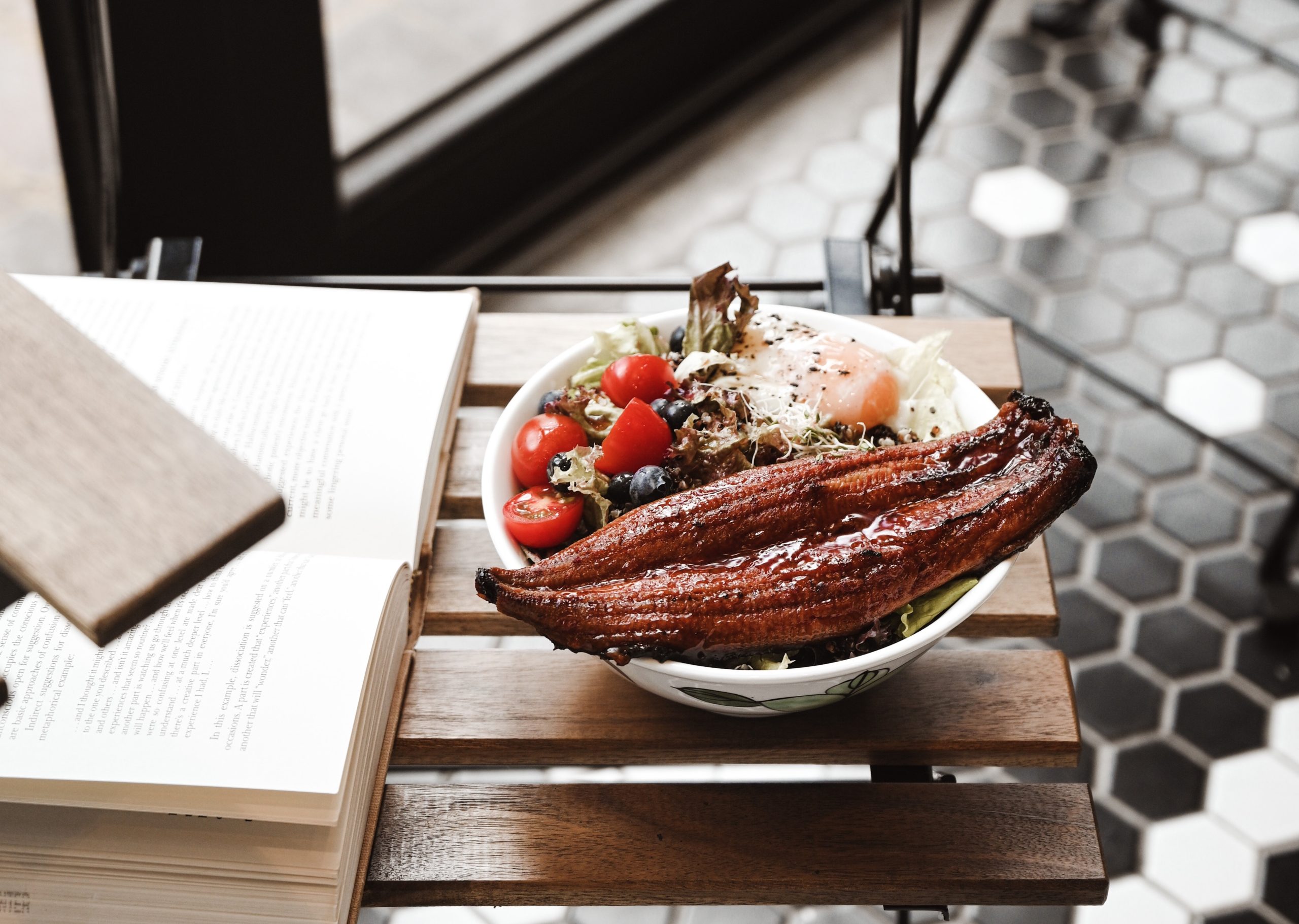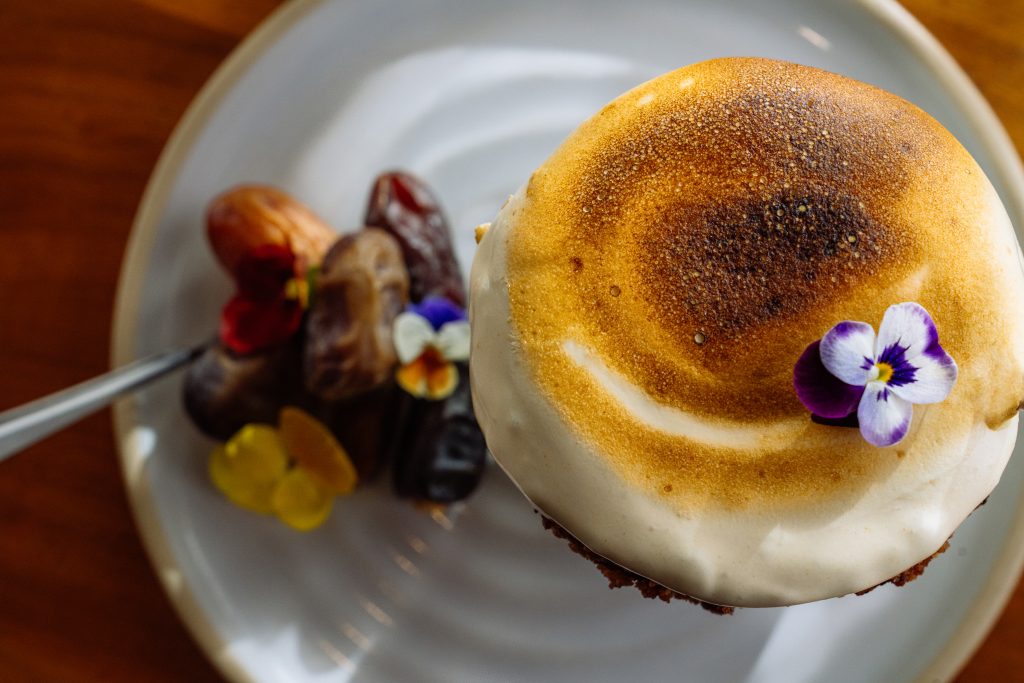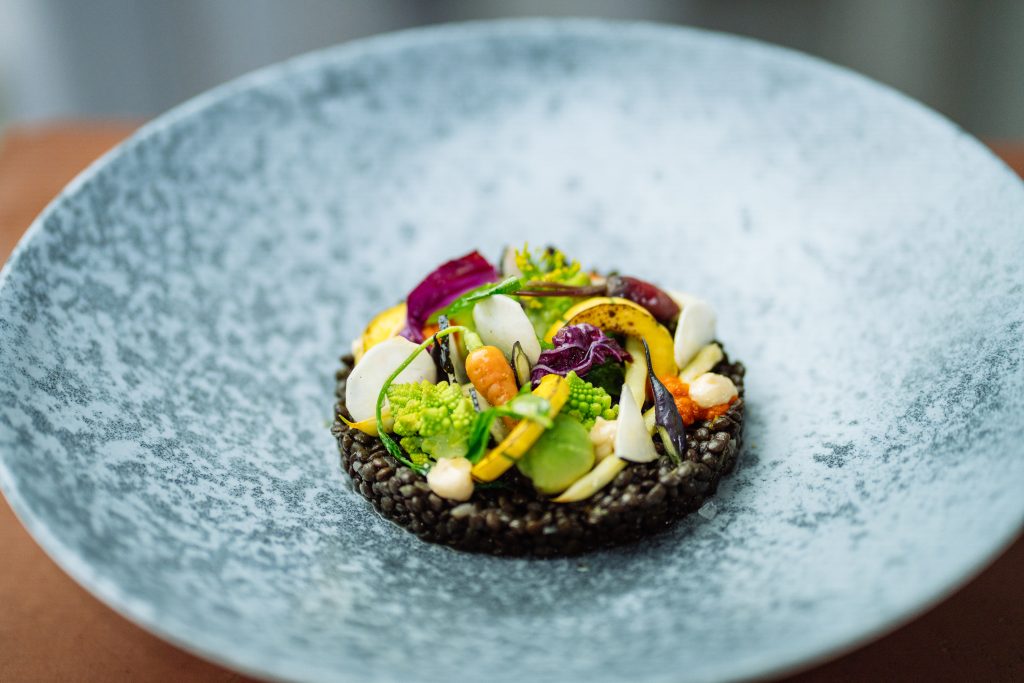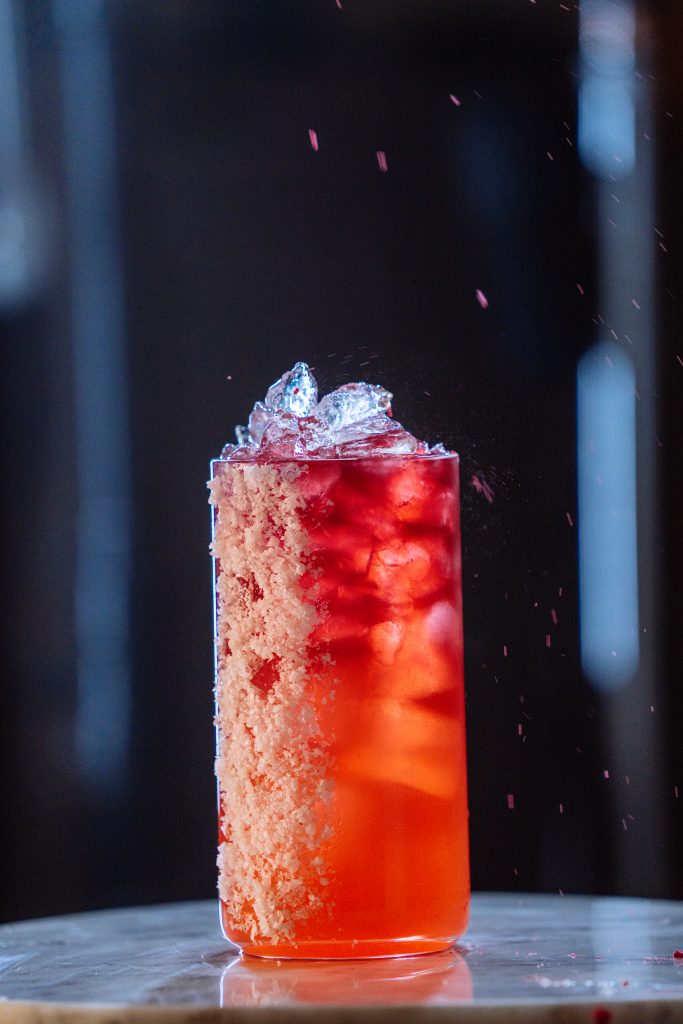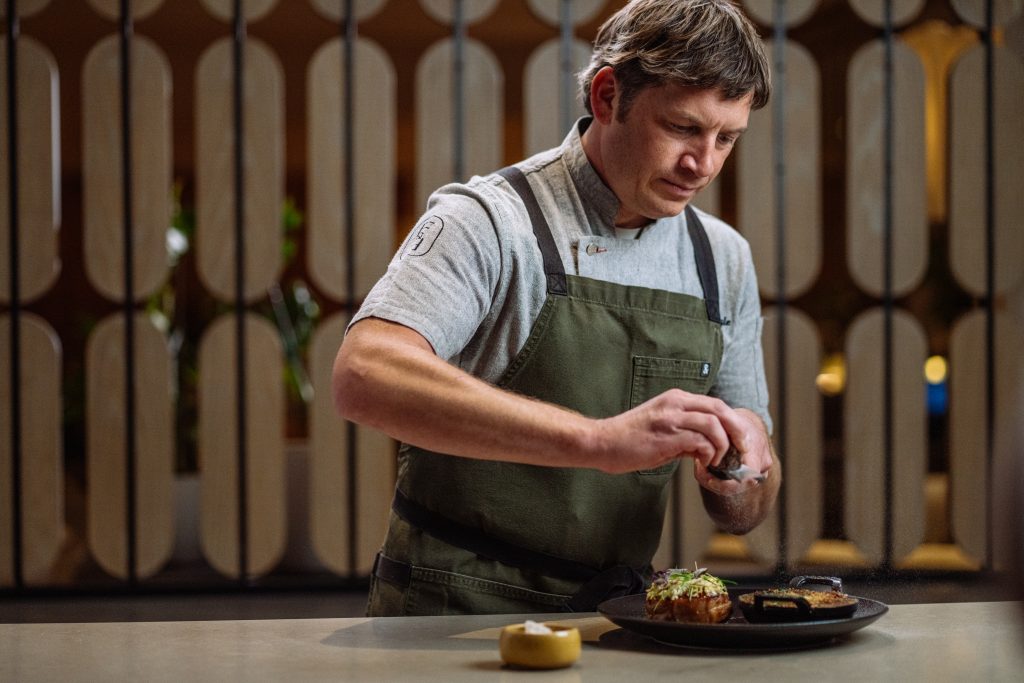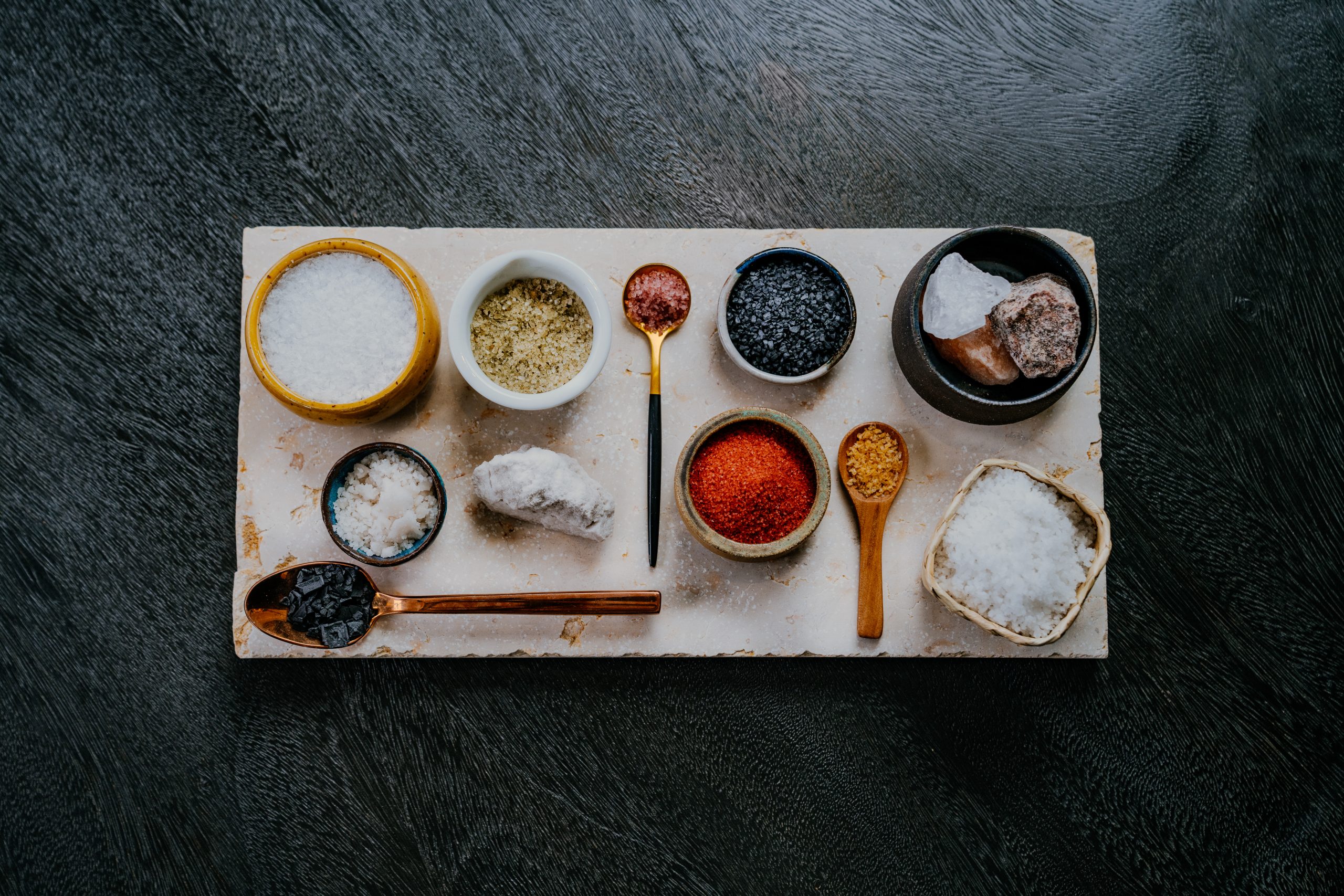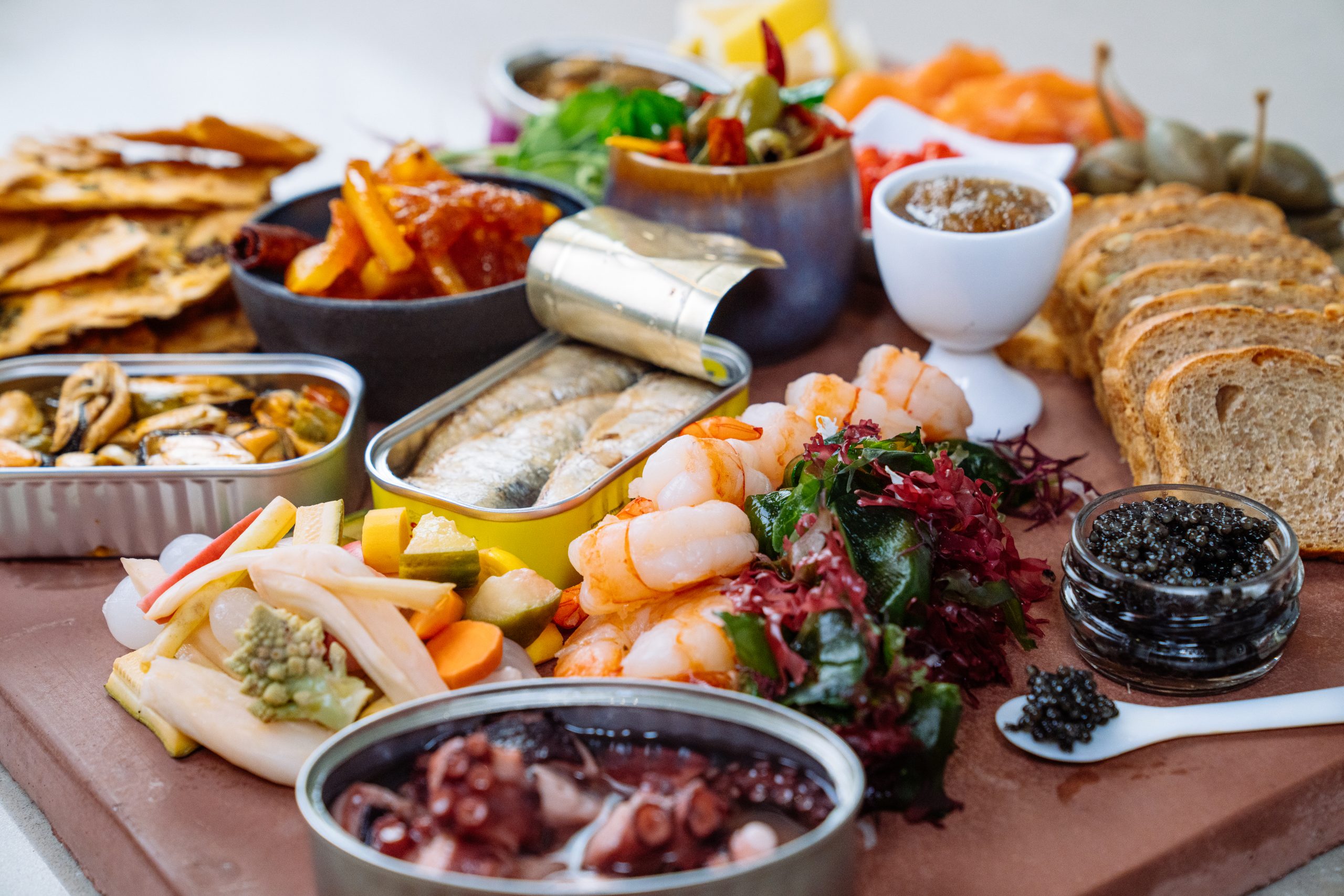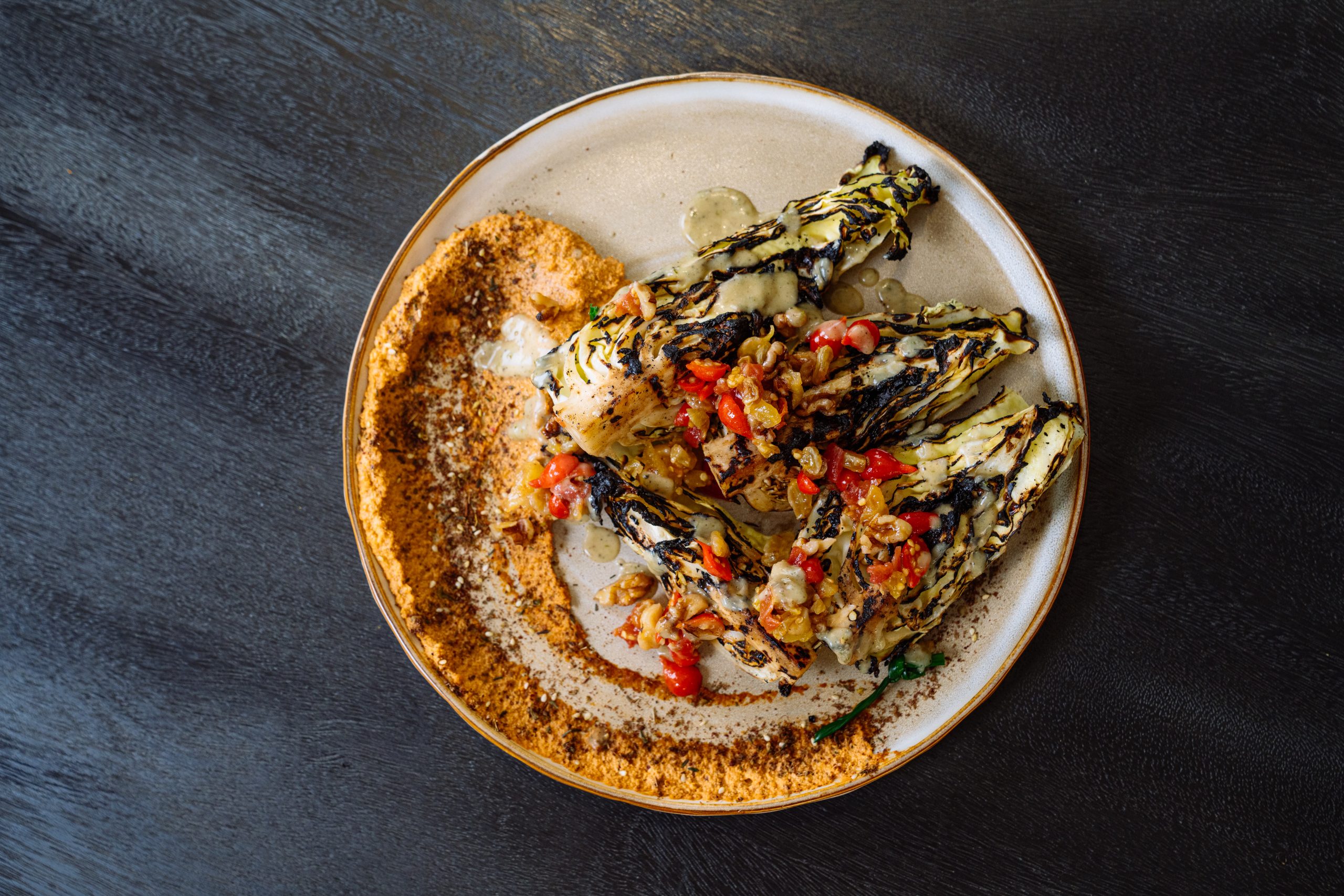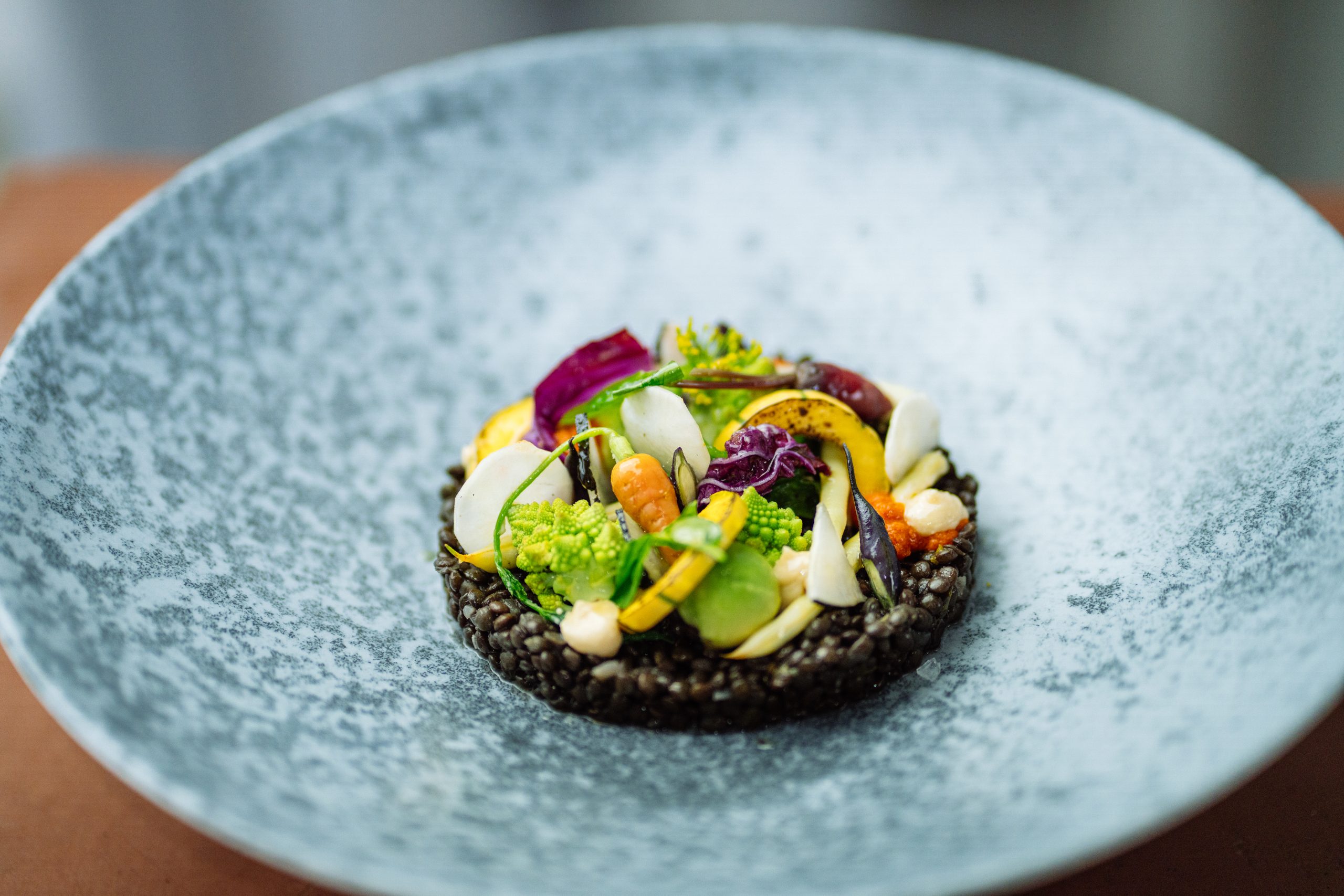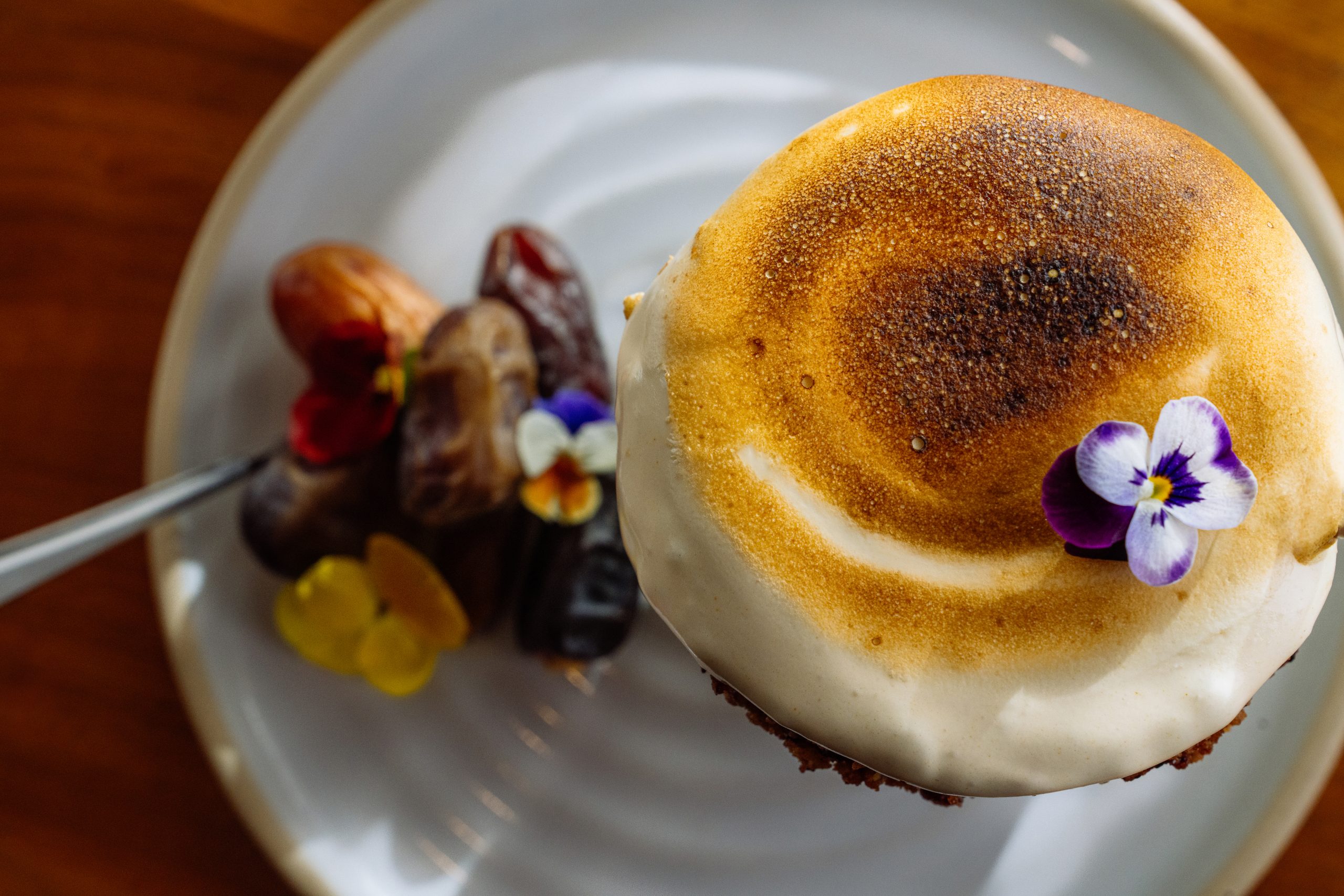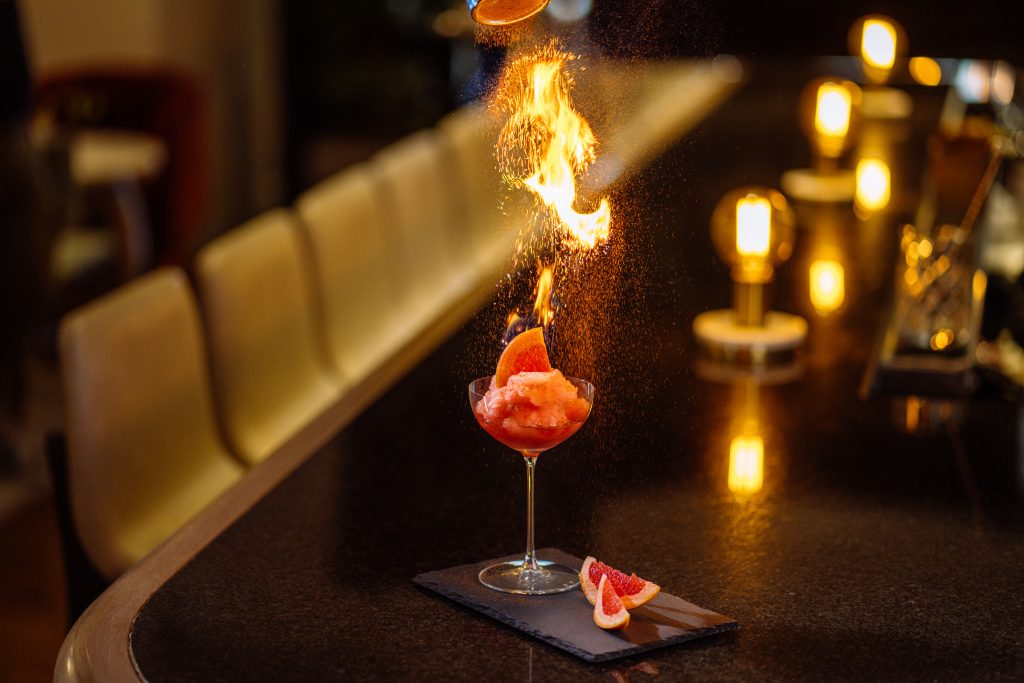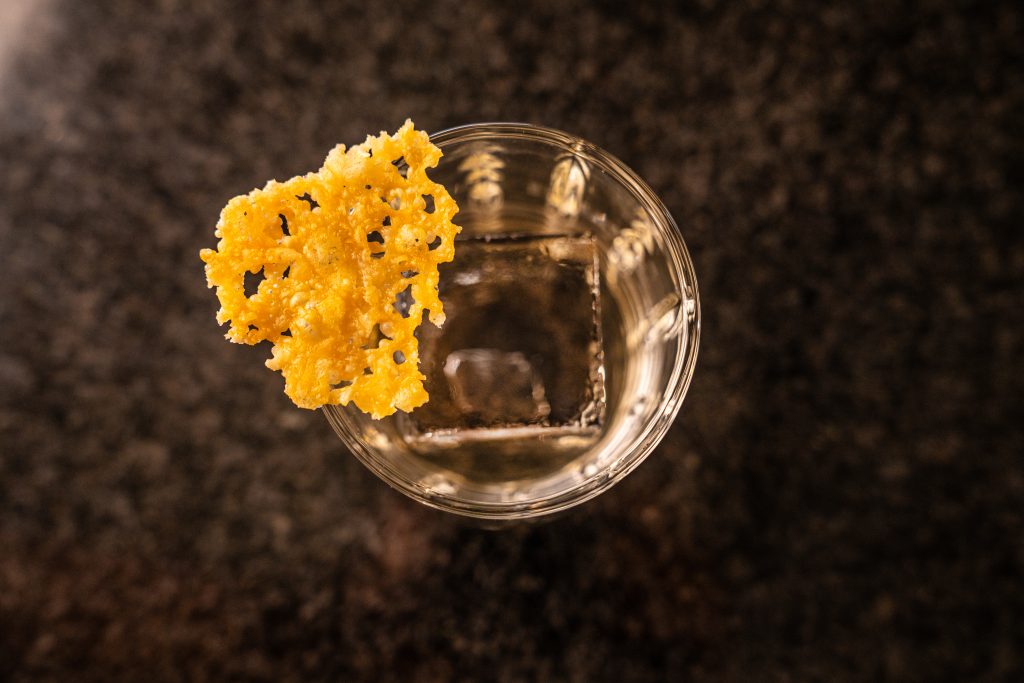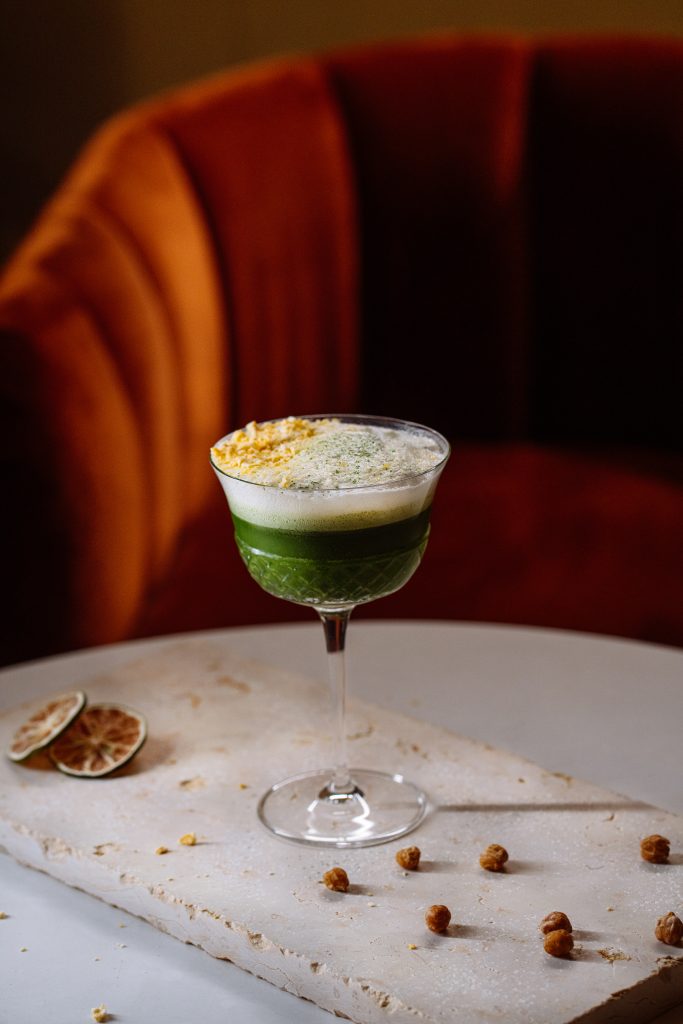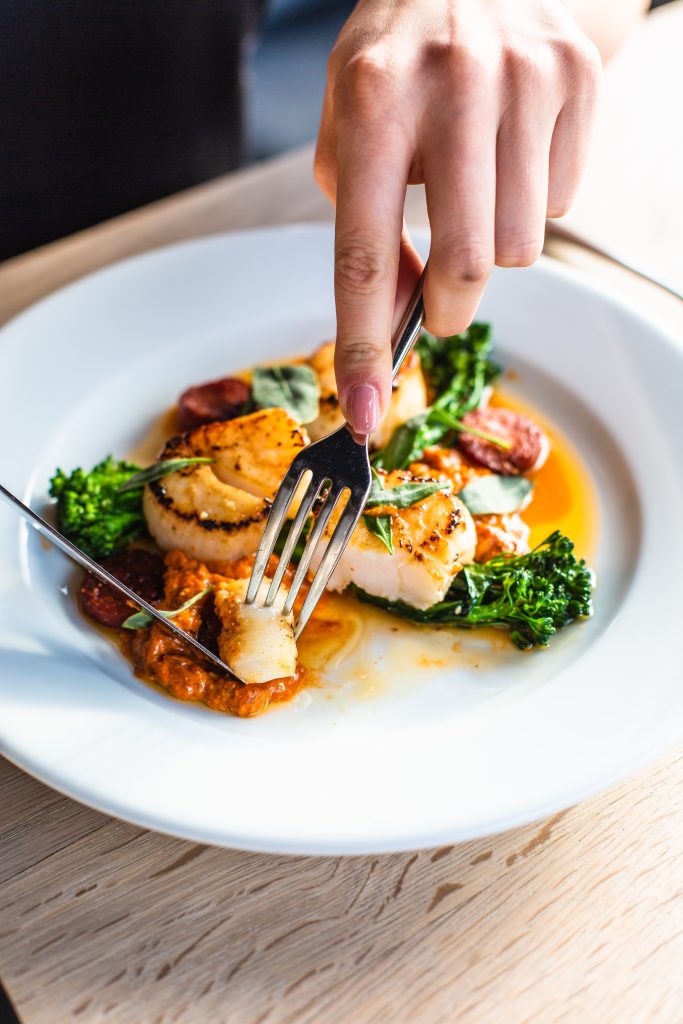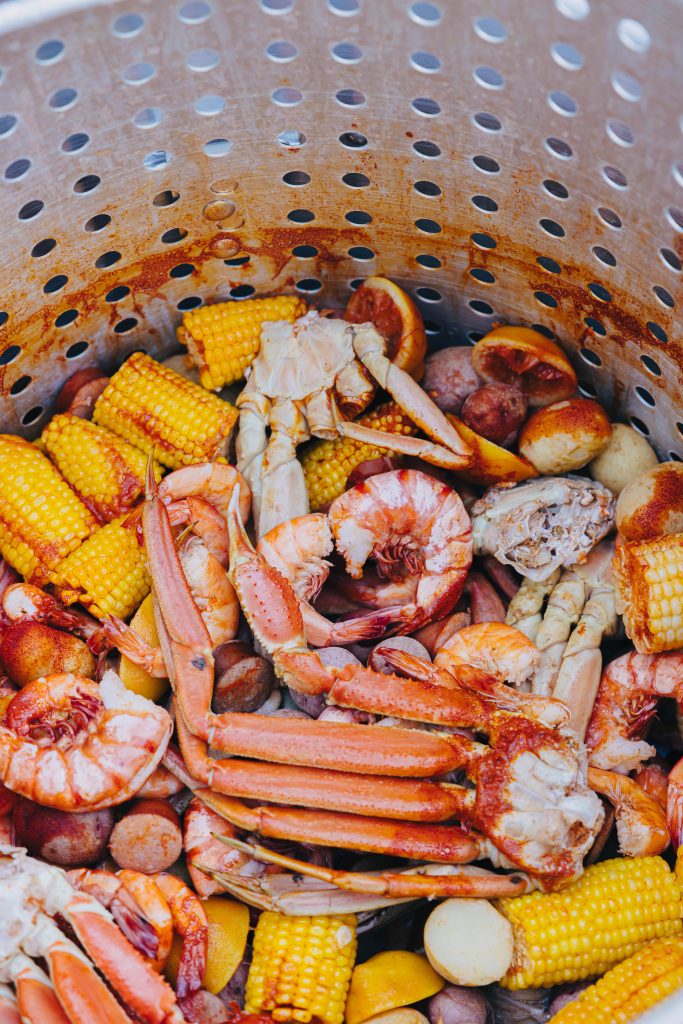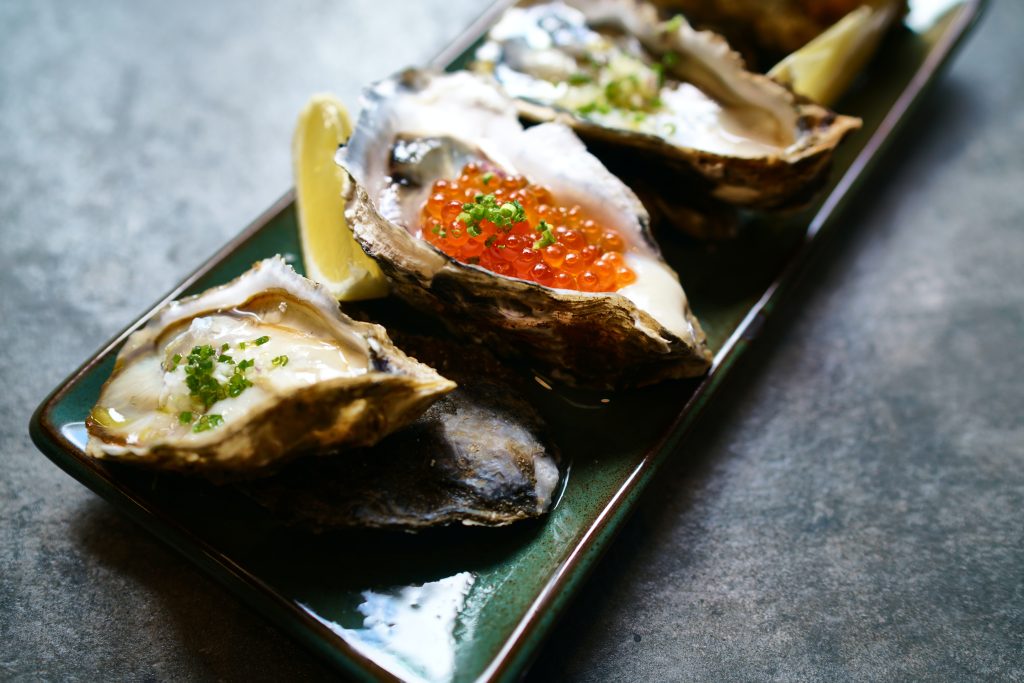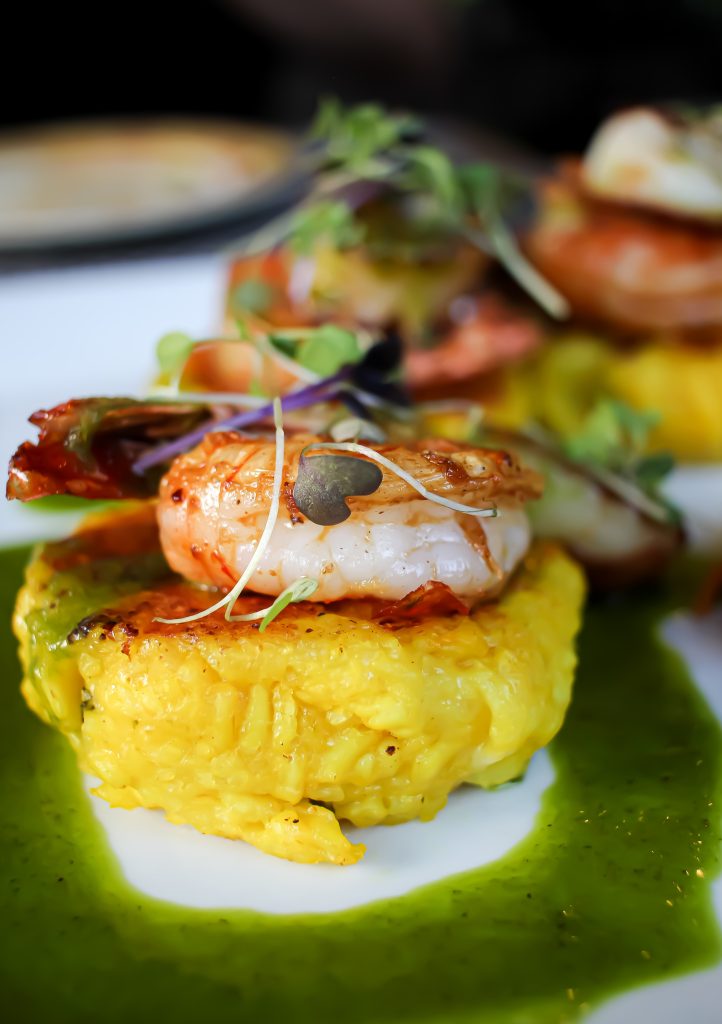
Air Canada partners with Michelin-starred chef Masaki Hashimoto on Japan routes
Air Canada has added Michelin-starred Chef Masaki Hashimoto to its culinary panel.
Based in Toronto, Chef Hashimoto is the owner of Kaiseki Yu-zen Hashimoto, one of Canada’s only restaurants dedicated to the traditional art of Kaiseki cuisine. Since immigrating more than 40 years ago, he has devoted his career to mastering and sharing this multi-course culinary tradition. His exclusive creations debuted March 1 in Air Canada Signature Class, on all flights between Canada and Japan.
On these routes, Chef Hashimoto’s dishes will showcase a thoughtfully curated selection of traditional ingredients through a rotating menu. Six recipes will be introduced annually, including a Zensai (appetizer) such as sautéed lotus root; Komono (side dishes) like sesame tofu with wasabi sauce; and a Oshokuji (main course) featuring beef sukiyaki with simmered tofu, scallions, napa cabbage and red ginger, served with calrose rice and miso soup. A brunch casserole follows, served before landing. Beginning in the spring, Air Canada will further elevate the experience with traditional dishware and tray presentations curated by Chef Hashimoto, in partnership with Noritake dishware, featuring Japanese artwork.
Sake pairings by Kei Hashimoto
To complement the meals, a premium sake pairing will be offered, selected by Chef Hashimoto’s son, Kei Hashimoto, a certified Kiki sake-shi (sake sommelier) accredited by the Sake Service Institute in Tokyo.
The featured sake, Ninki-ichi Junmai Daiginjo Gold, is crafted from Gohyakumankoku sake rice, prized for its clean, crisp character. Filtered using the Yabuta system, it achieves exceptional purity with a balanced profile of floral and fruity notes and a smooth, velvety mouthfeel.
“It has always been a lifelong dream of mine to bring an authentic Japanese in-flight dining experience to travellers. Partnering with Air Canada is truly an honour for me, as it brings together the two places I now call home—Japan and Canada,” said Chef Masaki Hashimoto. “This collaboration allows us both to bridge the rich cultural landscapes of each country and celebrate our shared values of care, respect, and connection.”
Now available for Air Canada's Signature Class
Chef Hashimoto’s creations are now offered as part of Air Canada’s Signature Class dining menu on all Air Canada flights between Canada and Japan. Air Canada offers the most flights between Canada and Japan, with up to six daily flights from three airports in Canada to three airports in Japan this summer:
- Vancouver to Narita: daily flights
- Vancouver to Osaka: four weekly flights
- Toronto to Narita: daily flights
- Toronto to Haneda: daily flights
- Toronto to Osaka: three weekly flights
- Montreal to Narita: daily flights


